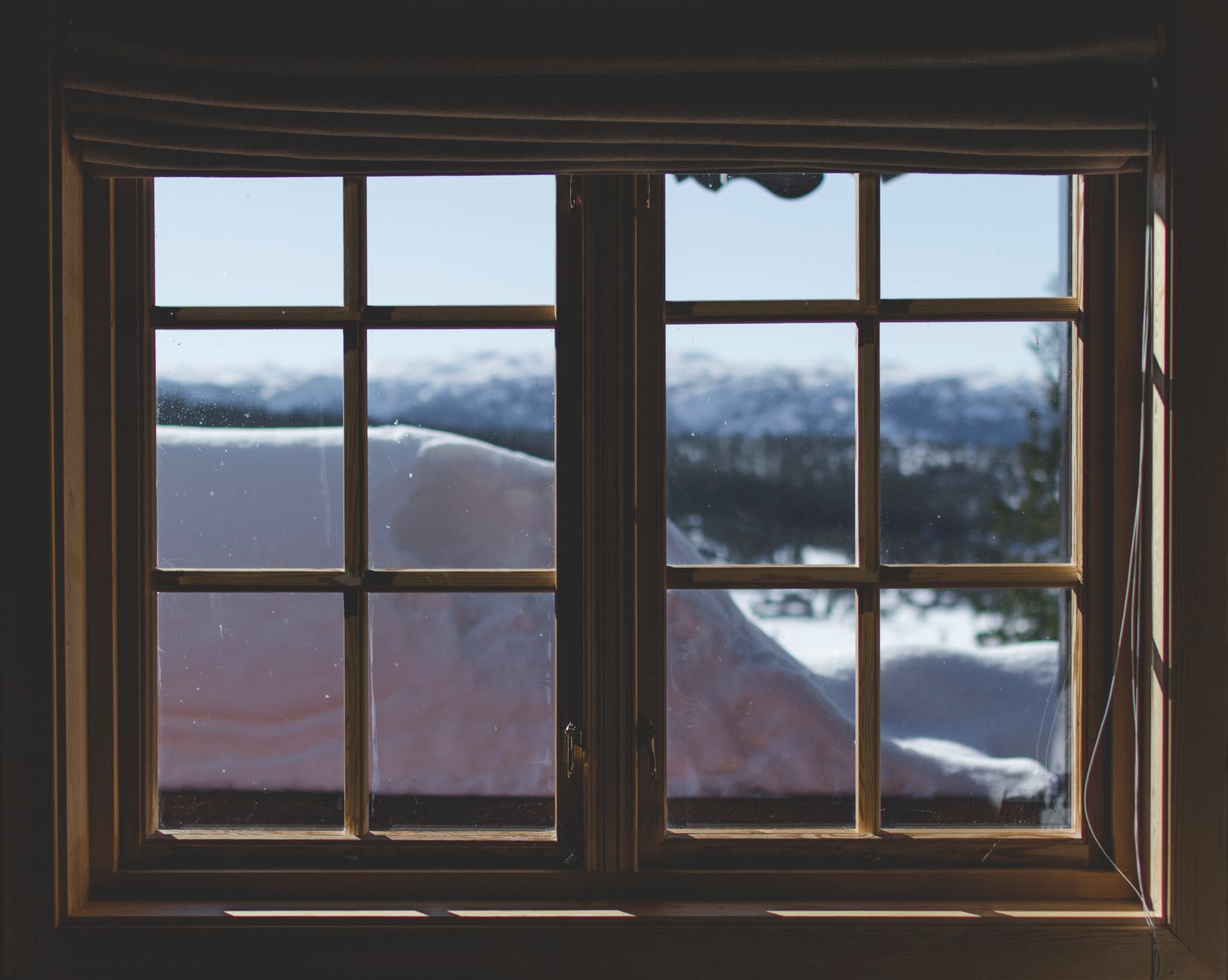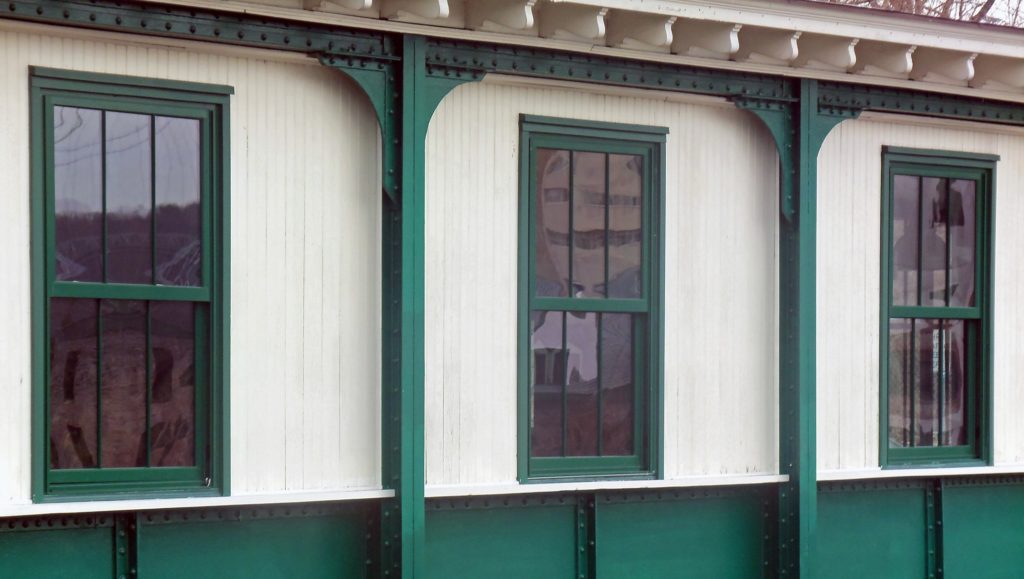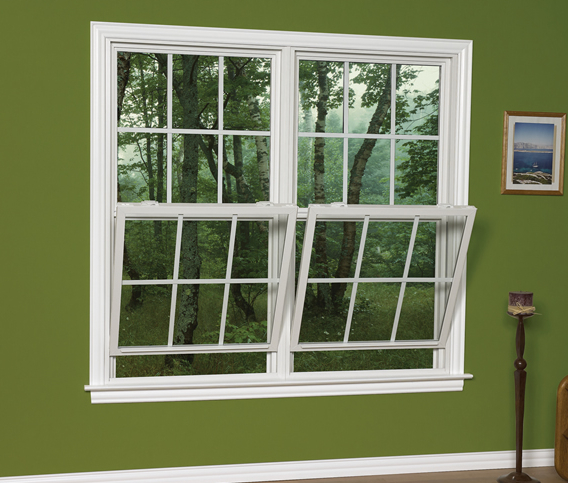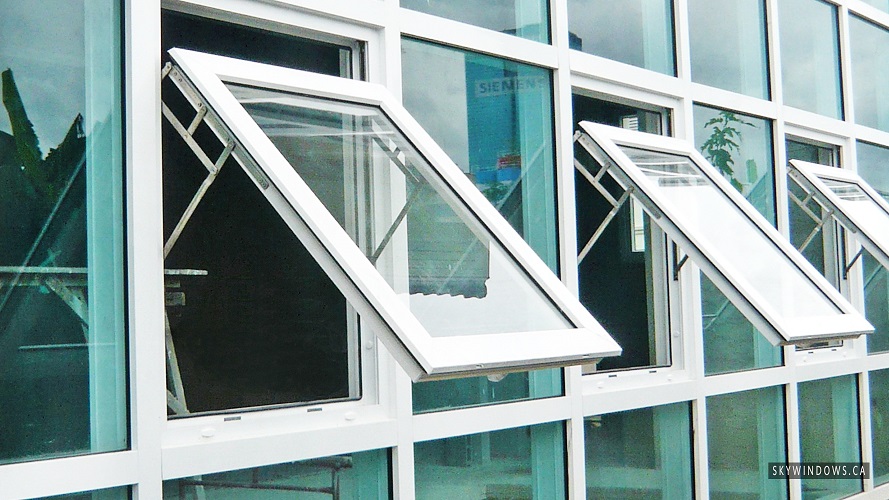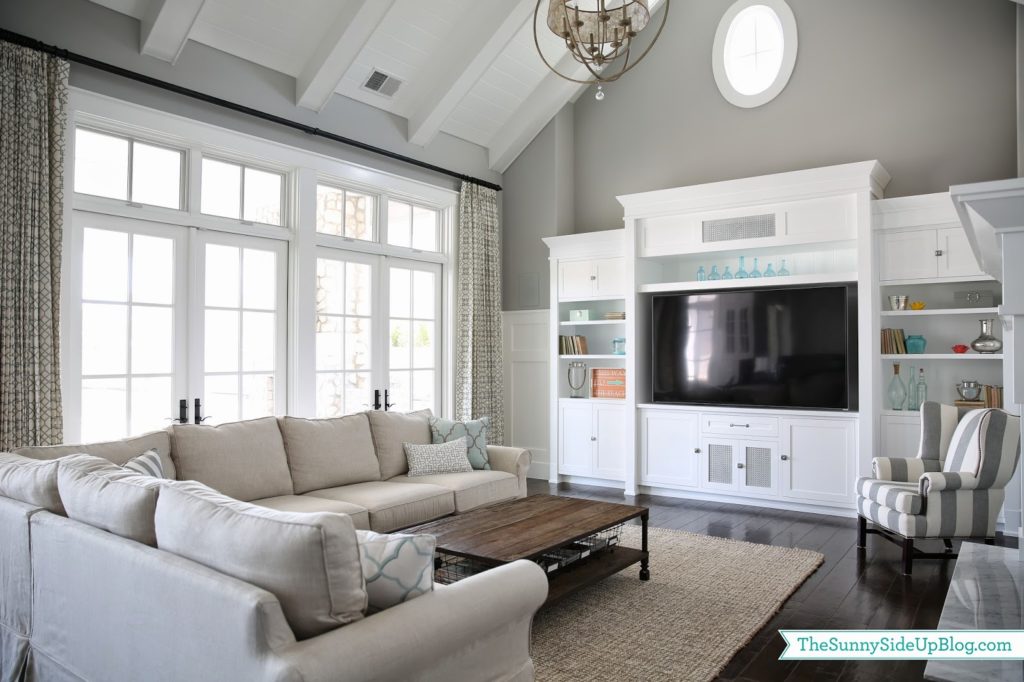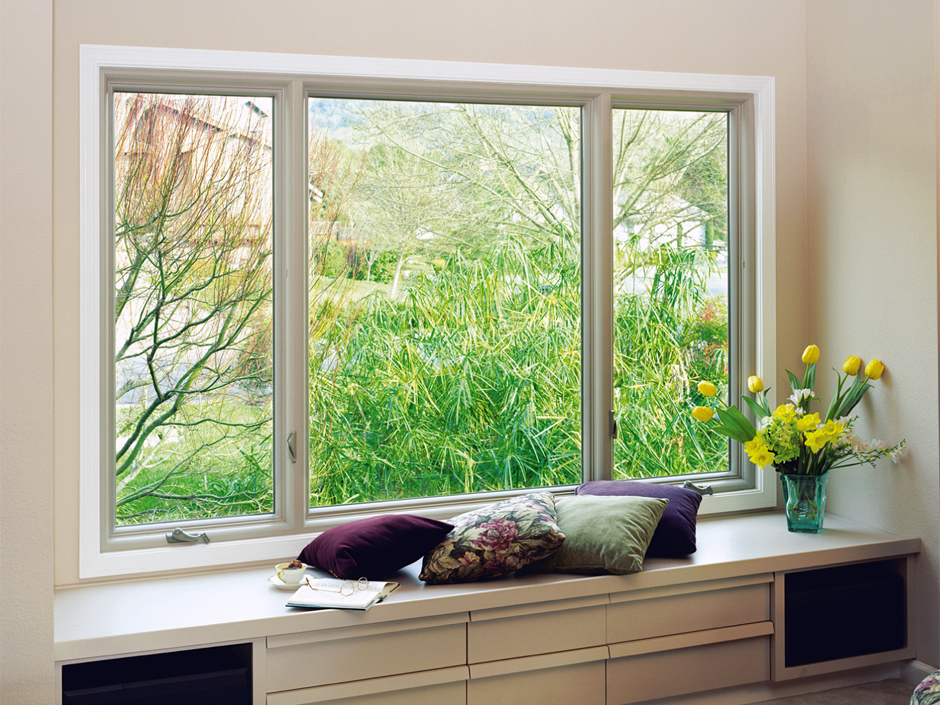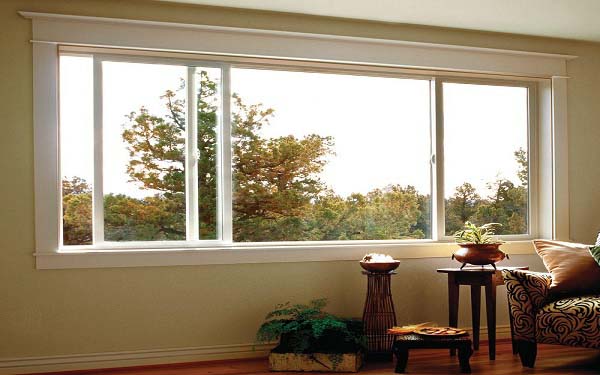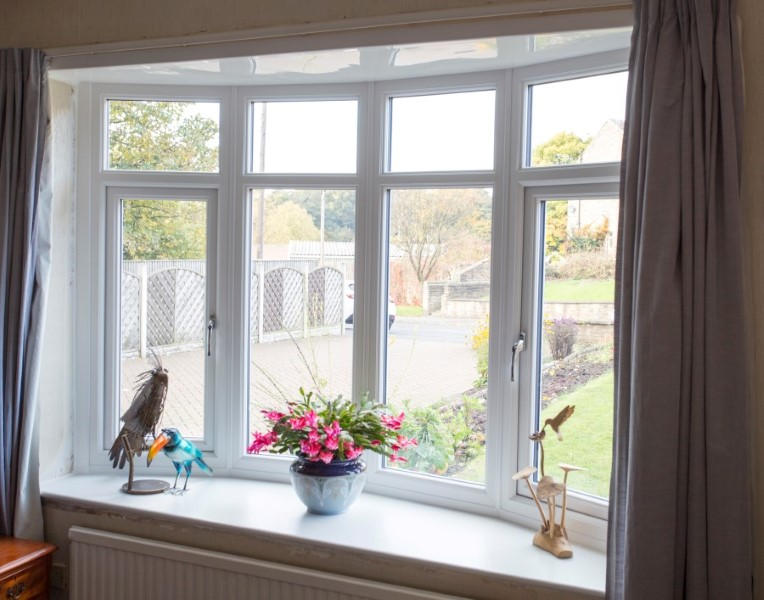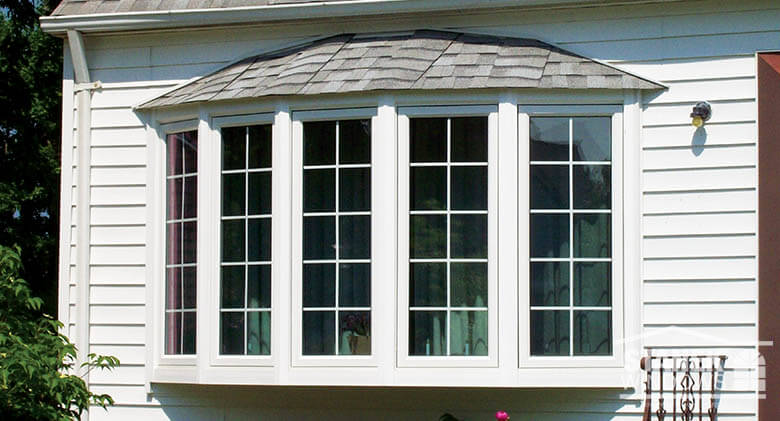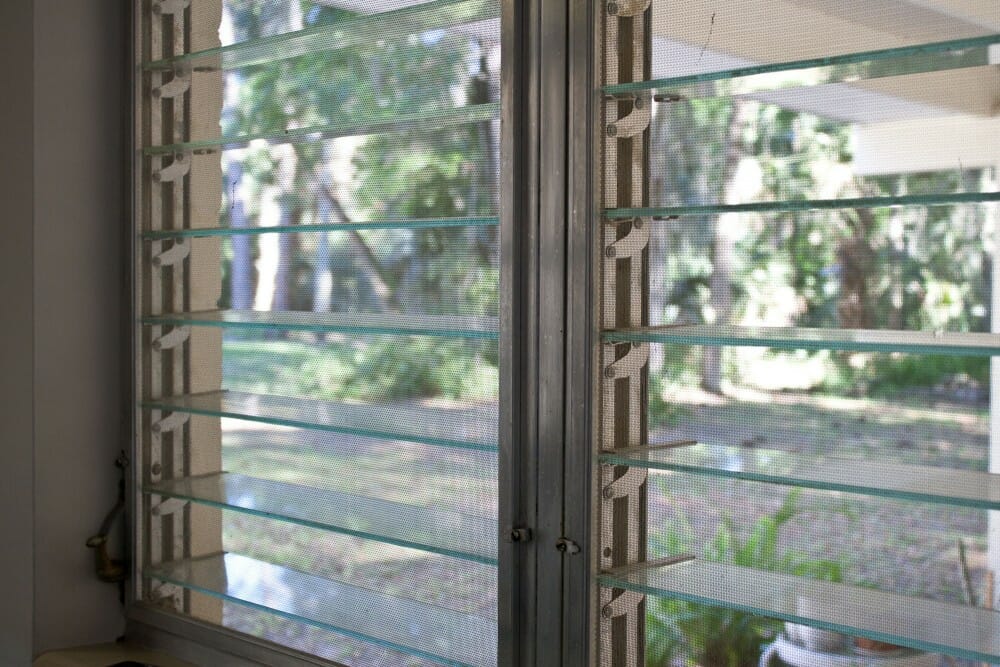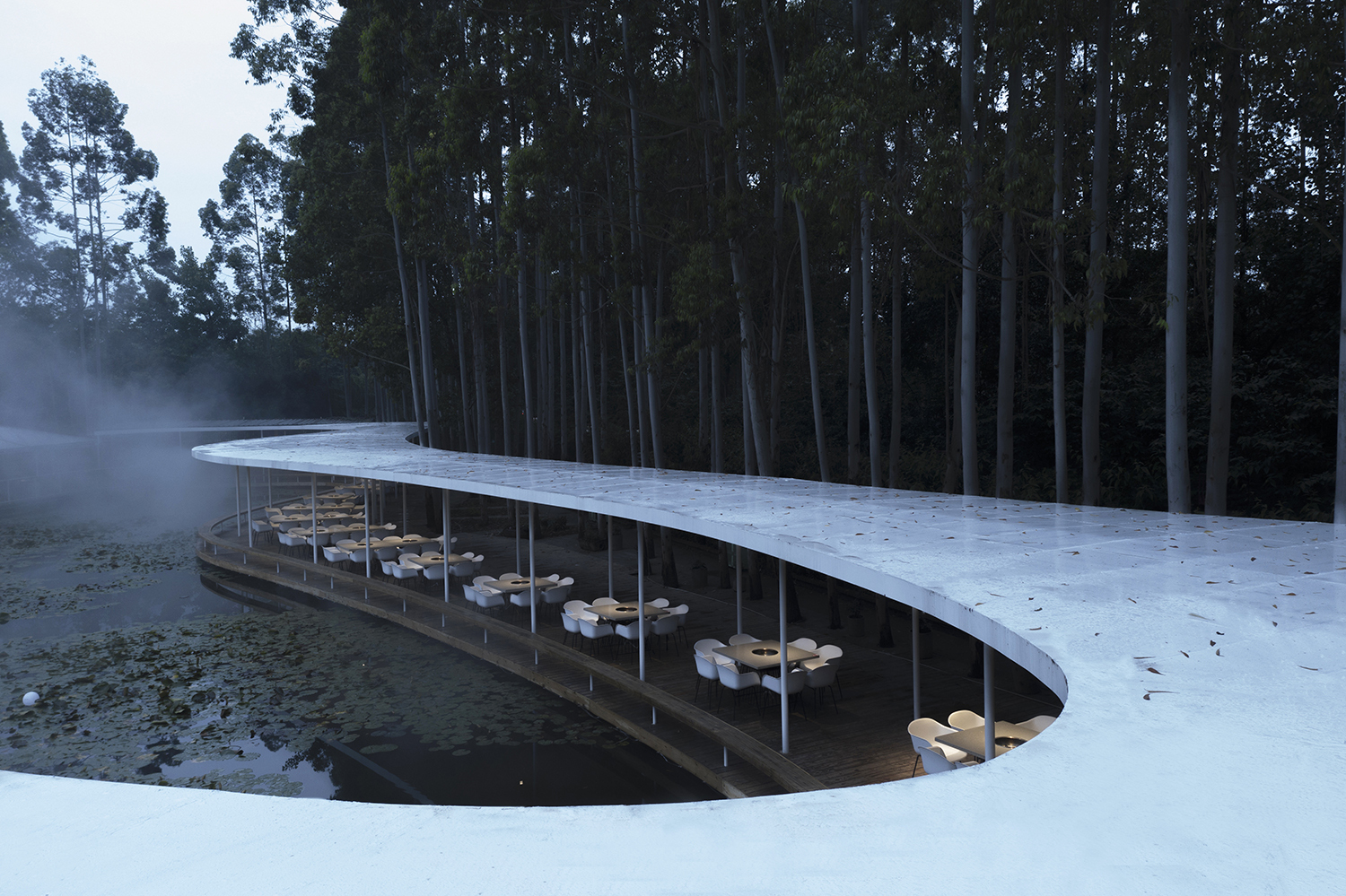A home without windows is quite hard to imagine, isn’t it? Windows sustain abundant abuse all over the year, they withstand heavy rains, bear high temperatures, stand against strong winds and snow. But what’s significant here is that they let in natural light to flood your indoors, let in air to keep it fresh and dry, and most importantly protect us from the extremes of the outdoor conditions throughout. In addition to this, different types of windows play different roles in styling a home. Yes, windows can be of different types, typically to suit traditional and modern environments and also to suit your tastes and needs. Keeping this in mind, we have curated 10 different types of windows used in India.
Different Types Of Windows In India
Casement windows are very commonly seen in India, these are attached to a frame (placed inside the window) by one or more hinges at the side and open outwards, typically like a door. These are used solo or in pairs within a common frame and have fairly large glass panes to let in ample of natural light. Typically, casements offer more open ventilation area than any other types of windows. And yes, these are not recommended near walkways and traffic areas.
buy ivermectin 12 mg 2. Double Hung Window
One of the most popular styles for homeowners. A Double-Hung window can be operated from the top or bottom sash, basically, it can conveniently slide up and down for ventilation. In addition to this, these are an excellent option for rooms facing patios, porches, or walkways because it can operate without protruding.
http://honeybeebakesepping.co.uk/gallery/wedding-cakes/facebook.com/honeybeebakesepping 3. Single Hung Window
The bottom sash in the single hung window moves up to open and allow ventilation and the top sash is stationary. These are an outstanding choice for rooms facing walkways, porches or patios because the panes of these windows open and close without protruding.
Bambari 4. Awning Window
Hinged at the top of the frame, this type of window typically opens outwards enabling ventilation from left or right and the bottom. Awning windows can be installed above, below, or alongside a fixed or operating window. Owing to its unique style and ventilation the awning windows have now become a popular choice to provide protection from seasonal debris (e.g., falling leaves) or rainfall and enhance ventilation.
5. Transome Window
The transom windows are named like this because they are placed over the top of a door or window transom- basically, these windows act like a beam which separates the top of the door or the window from the rest of the wall. Well, these come in many different shapes, designs, and styles, but their name doesn’t change owing to their location. And yes, transom windows can be installed on interior walls as well as exterior walls.
6. Picture Window
A picture window is a large stationary window which allows the maximum amount of light to flow in and broad views of the outdoors. In most cases, these are stationary, hence its best for areas where airflow is not significant. Since they are fixed, they are less prone to air leakage than operable ones, but the large glass panes can lose or gain a lot of heat.
7. Slider Windows
Sliding windows have horizontally gliding window panes which glide along a track. These have at least one operating window which slides horizontally over or past the other window pane. Sliding windows are quite common in contemporary-style and modern homes. These are quite similar to the casement windows, they provide both ventilation and clear views, but they cannot be sealed tightly like the casements.
8. Bay Window
An excellent resource for architects to create interesting angles and projections on a building structure. The Bay windows let in ample of light to enter from different angles, and most of the bays include side windows which can be opened for ventilation. This type of window is quite commonly used in family rooms and kitchens where the large sill of the window can be utilized as a window seat or to place plants and pots.
9. Bow Window
Similar to the bay windows, bow windows are designed to create space by projecting beyond the exterior wall of a building – but these are curved in shape and create a graceful arch of four, five, or six windows on the exterior wall. Typically, this stylish window style is larger than the bay and have more glass area.
10. Stationary Window
The stationary window, typically this is a window or an area of a window which doesn’t open and is glazed directly in a fixed frame. This variety allows the maximum amount of light and views of the outdoors.
11. Jalousie Windows
These are a unique yet common window style which splits into many different slats of wood, metal, or glass. Jalousie windows open like a set of blinds, by simply cranking the lever the slats tilt to the side creating a sequence of gaps for air to flow through. Commonly this type of window openings is found in common passages and bathrooms where an outdoor view isn’t important, but ventilation is.
Final Thoughts
All windows bring in light and air, but beyond those basic functions, there is a lot to consider when deciding the right type of window. Narrowing down the many options for windows mentioned above begins with identifying – The type of architecture, purpose, security, coordination, orientation, energy efficiency, acoustics and of course your budget.
You May Like – Skylight – A Greener Way To Reduce Darkness In Homes
Curated by editor at Wienerberger India
Like this story? Or have something to share? Write to us: gosmartbricks@gmail.com or connect with us on Facebook and Twitter.



